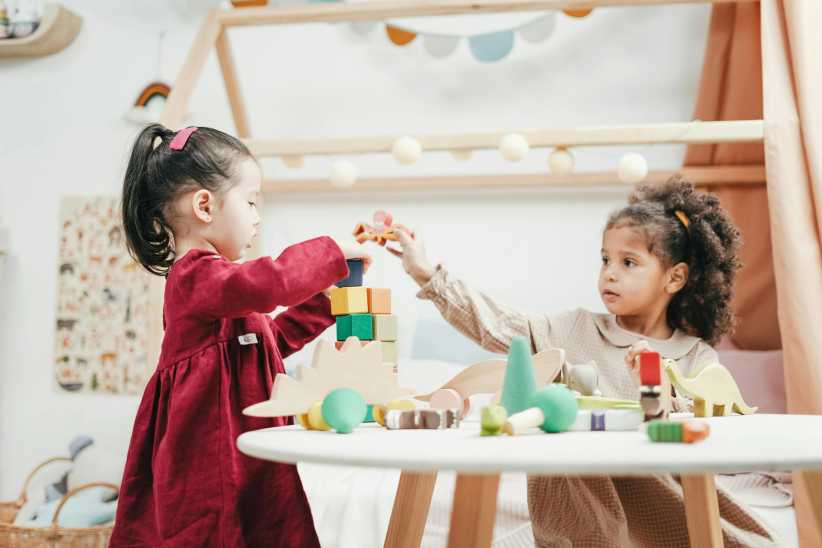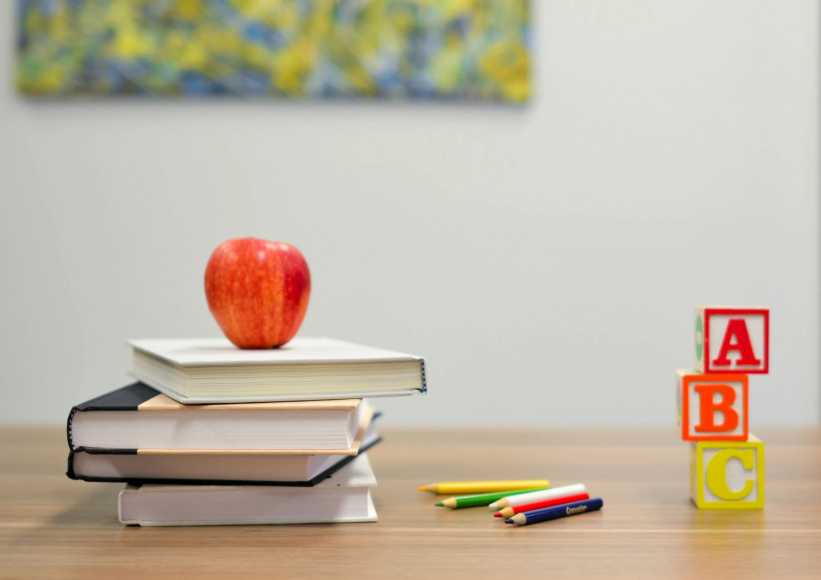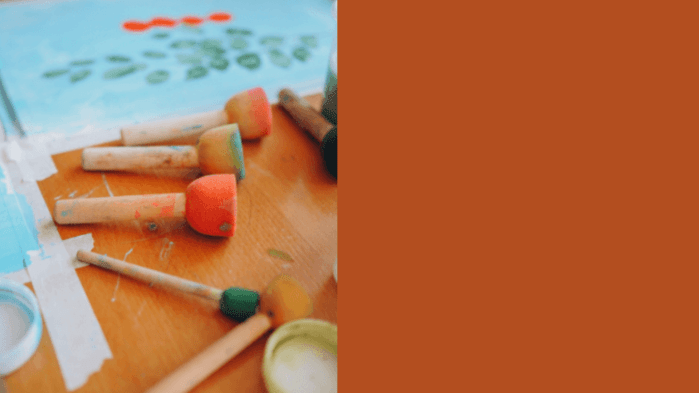The ongoing clash between New York City’s diverse traditional district schools and charters seems to resemble a World Wrestling Federation Superstars competition at times. And the confusing myths and media distractions swirling around this hot-button debate can make your head spin, especially if you’re a parent.
So, what are charter schools?
These publicly funded hybrids are a vital part of the city’s sprawling public education system, where there’s no shortage of structural and cultural differences. Independently managed, charters are actually free public schools that are open to all New York City children. That includes English Language Learners and special needs kids, as well.
There are 197 charter schools here: Eighty-two in Brooklyn, 52 in the Bronx, 46 in Manhattan, 14 in Queens, and three on Staten Island. And the approximately 83,200 students who attend charters come from all backgrounds and ethnicities.
Charter schools have gotten a bad rap recently for not being inclusive enough, yet it appears they have taken the lead in and have done a good job educating special education students and English Language Learners, while making solid progress in recruiting more of these kids into their schools, according to the New York City Charter School Center, www.nyccharterschools.org.
In fact, according to that site, it seems English Language Learners attending charters become proficient in English more quickly than in public schools citywide, where it appears that many immigrant students may take about five-plus years to reach proficiency.
Opinions are mixed and emotions run high on both sides of the charter school movement issue, while politically driven battles over space, funding, and quality of education seem to add fuel to the fire and hinder much-needed collaboration.
The biggest issues about charter schools generally are:
Co-location
Some parents argue that public schools lose space to fit charter schools into public school buildings. But it turns out the issue may really not be that big of a deal. Did you know that (according to chart
Outperforming public schools
Charter schools are thought to outperform public schools test-wise. The big picture seems to indicate that charter schools are infact outperforming peer district schools, but it appears that the quality of charters across the board isn’t the same: some have high records of achievement, while others aren’t as strong.
Money and funding
Charter schools have been described as “laboratories of innovation” by some and “a drain on public schools” by others.
• • •
For the past six years, early childhood education expert and longtime Brooklyn resident Renee Dinnerstein, has been doing consulting work at a public school on the Lower East Side that shares space with a charter. She said the public school “serves incredibly needy children — children in shelters, foster homes, abusive homes, and they also have a very large special education population.”
Dinnerstein feels that “our democracy should be putting money into public education to make it better, not using funds that they need to pay for charter schools,” and she points out that “Special ed is very tricky — a child who needs speech therapy, or who is dyslexic, can be considered special ed. Then there are children with behavior disorders, who are very violent, and these children are also special education children.”
Dinnerstein, whose grandson has always attended Brooklyn public schools, believes that “the charter school skims off children who are the highest-achieving students, or at least who come from the most involved families. If they take special ed students (which they tend not to) they absolutely don’t take the children with behavior issues. Then the public school is left with the most needy children. Because they are losing more and more population to the charter school, they are losing more and more money and have less money for the children in their school, who need special services.”
And in her opinion, “Parents are attracted to the charter school because it has all-new material, carpeted classrooms, two teachers in a classroom, and longer days. They don’t understand that the instruction is basically test prep all year.
“Basically, the charter movement is a drive to privatize education. I know that the people who run charters are saying that it’s public education. Not so. Absolutely not so,” she said. “Think about all of the money that they have for their advertising campaign. Think about closing all of the schools for a political jaunt to Albany. We should be putting all of our energy and funds into creating the best public education possible.”
Dinnerstein’s blog, “Investigating Choice Time: Inquiry, Exploration, and Play,” www.investigatingchoicetime.com, is a place where she writes about inquiry-based choice time, and advocates for developmentally appropriate instruction for children in grades pre-K through third. She is also writing a book on inquiry-based choice time, scheduled to be published by Heinemann in the fall of 2016.
Indeed, finding a peaceful solution isn’t easy, but there’s hope.
In February, Schools Chancellor Carmen Fariña called for collaboration with (and from) charters, during a professional development day for district teachers and principals, held at an Uncommon Charter School in Brooklyn. She said that the future of the city depends on how all kids do, no matter what kind of school they come from. And it appears she’s interested in finding ways for schools to share space and resources more effectively, according to a recent capit
With 21 charters in Brooklyn, Uncommon New York City Charter Schools, www.uncommonschools.org, serve more than 5,900 kindergarten through 12th grade students, including both single-sex and co-ed schools. According to its site, the main goal is to prepare students to enter, succeed in, and graduate from college. Students are randomly selected by public lottery in grades kindergarten and fifth, and waiting lists are kept through grade eight. It currently has schools in Bedford-Stuyvesant, Brownsville, Crown Heights, East Flatbush, Prospect Heights, and Williamsburg.
Uncommon Schools CEO Brett Peiser said they are incredibly fortunate to have had so many great minds united at their Collaboration Day event, including Schools Chancellor Fariña, and more than 170 educators from 14 district partner schools.
“It is exciting to collaborate with such talented, committed educators working in the same communities as we do each day. We get better as educators when we collaborate closely and learn from one another in order to keep making a meaningful impact in the lives of our students – and that is what we are all doing each and every day.”
After weighing the pros and cons of charters vs. traditional district schools, interested parents should research, call, interview staff, and visit charter schools in their area to decide which is the best fit for their child(ren). For more info. you can visit: www.uncom























